Public Comment Sought on Proposal to List California Spotted Owl
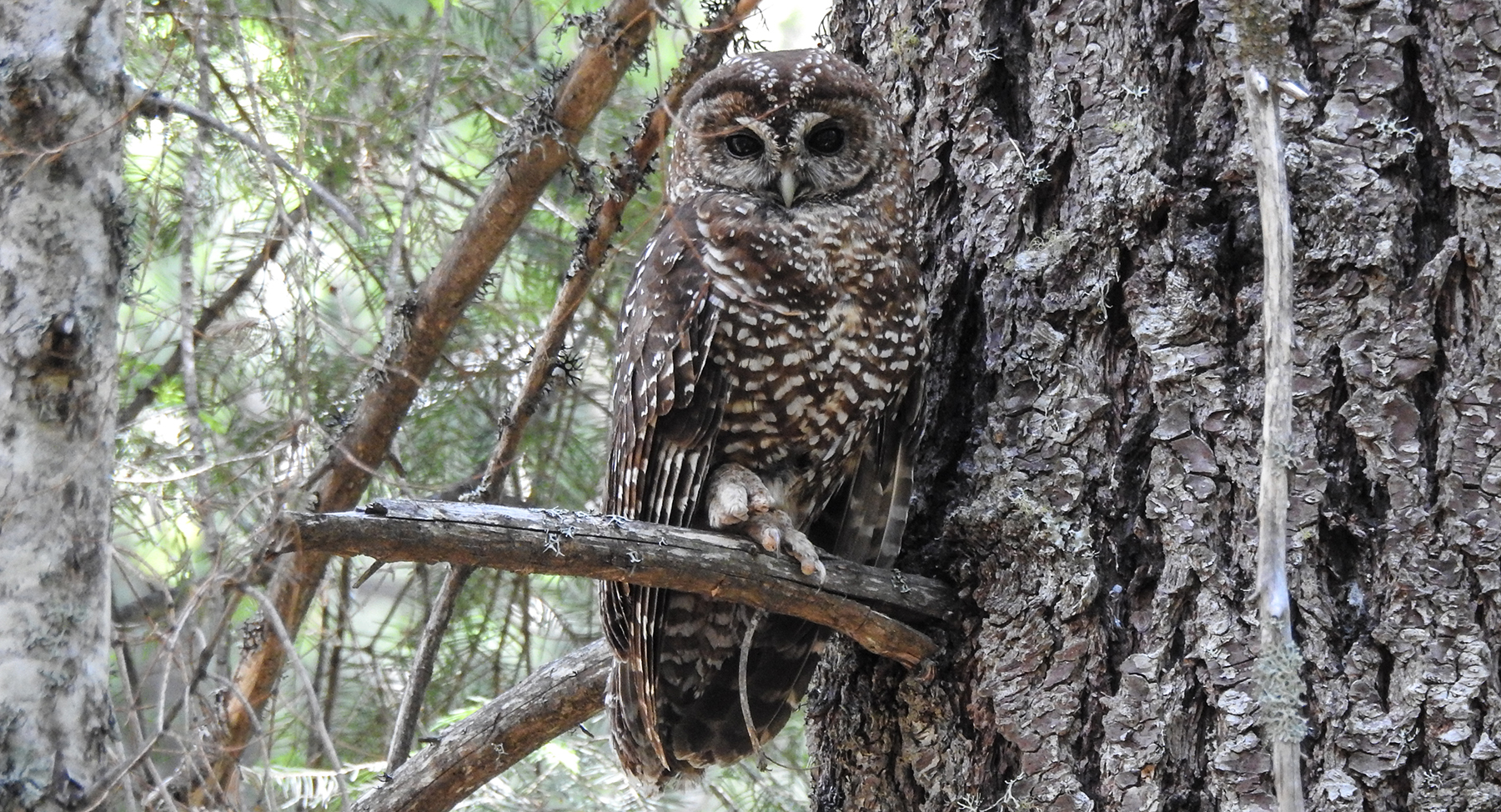
Photo Courtesy of Anastasia Stanish
Public Comment Sought on Proposal to List California Spotted Owl
The U.S. Fish and Wildlife Service (USFWS) is proposing to list two distinct population of the California Spotted Owl under the Endangered Species Act: the Coastal-Southern California DPS as endangered and the Sierra Nevada DPS as threatened. As part of this proposed listing, USFWS is including a 4(d) rule for the Sierra Nevada DPS that exempts the prohibition of take under the ESA for forest fuels management activities that reduce the risk of large-scale high-severity wildfire. USFWS is seeking public comment on the proposed rule through April 24.
USDA Invests More than $48.6 Million to Manage Risks, Combat Climate Change
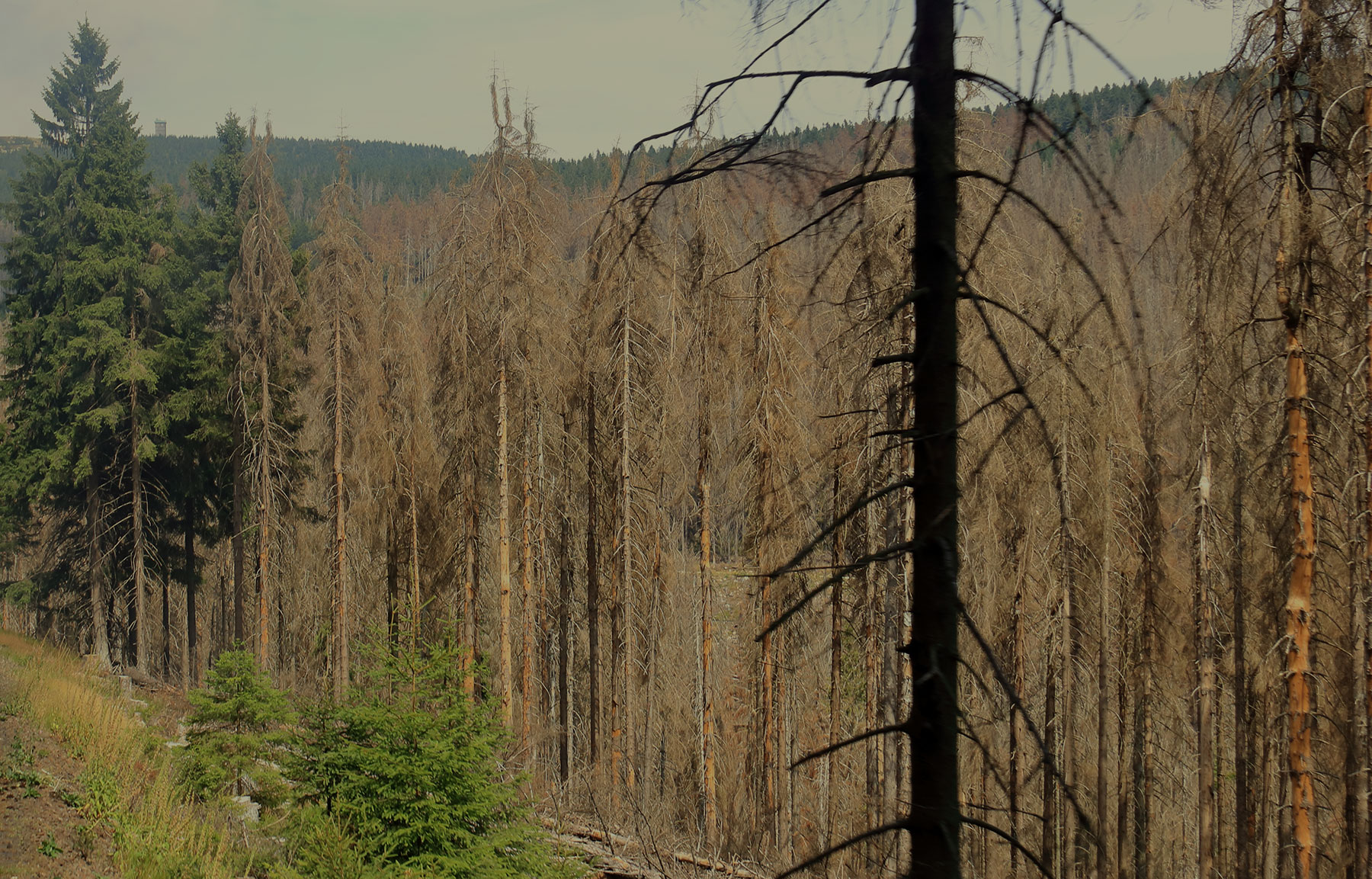
USDA Invests More than $48.6 Million to Manage Risks, Combat Climate Change
USDA will invest more than $48.6 million this year through the Joint Chief’s Landscape Restoration Partnership for 14 projects that mitigate wildfire risk, improve water quality, restore forest ecosystems, and ultimately contribute to USDA’s efforts to combat climate change. Under the Joint Chiefs’ Partnership, the USDA Forest Service (USFS) and Natural Resources Conservation Service (NRCS) co-invest in areas where public forests and grasslands intersect with privately-owned lands. An award of $3.3 million was awarded to a phase three project focused on fire resilience in Trinity County. The project will address high-risk cross-boundary threats by strategically treating forests on both private and national forestlands, and it will address new threats created by 2020 and 2021 wildfires.
$117 Million Available for Schoolyard Greening Projects
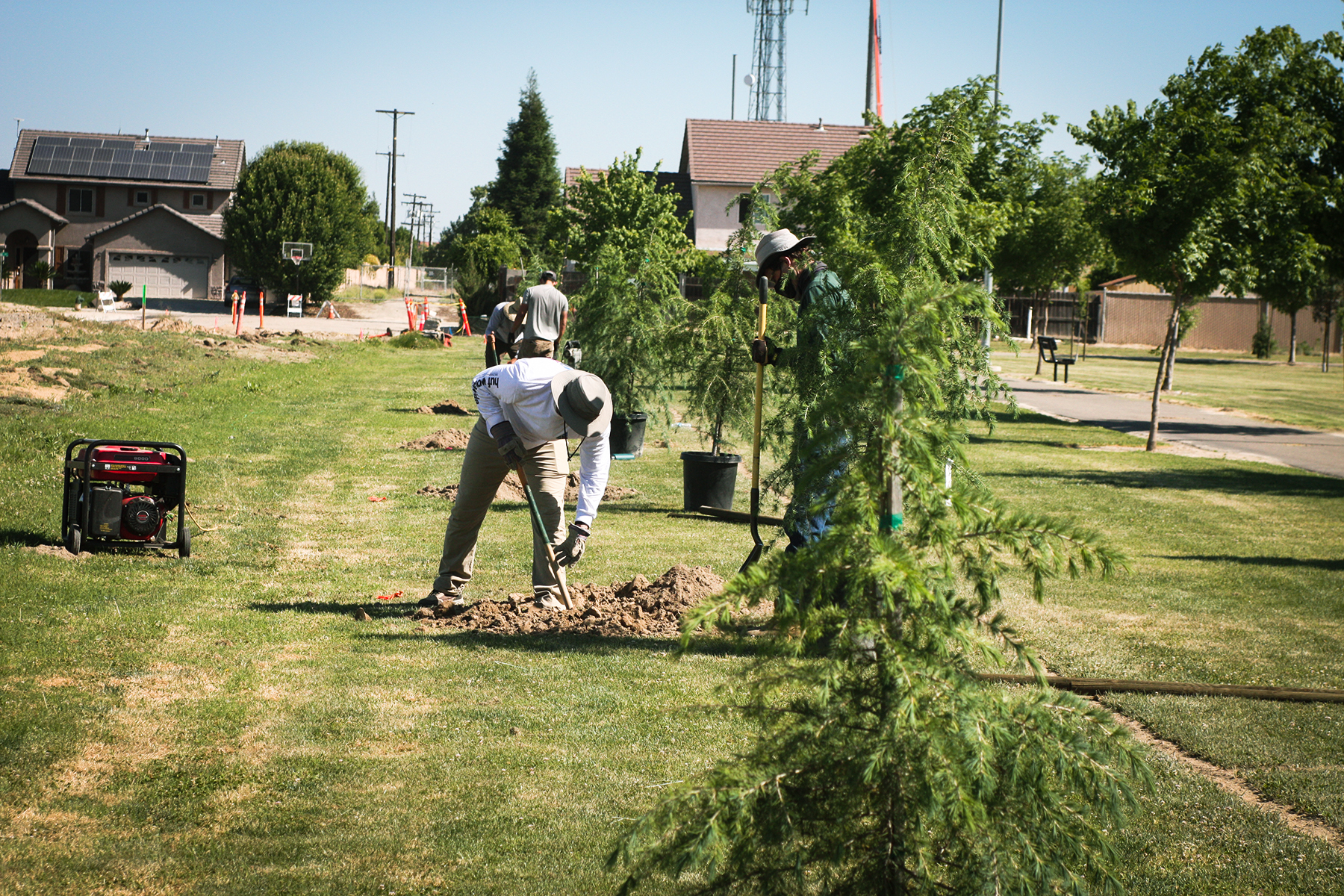
$117 Million Available for Schoolyard Greening Projects
A historic level of funding is available to provide shade and nature for California schools and communities through CAL FIRE’s Green Schoolyard Grants program. $117 million is available for both planning and implementation of projects that will improve nature and tree canopy cover on California K-12 public school campuses and nonprofit childcare facilities. CAL FIRE’s Urban & Community Forestry Program will accept applications until April 14, 2023.
Survey Detects 36 Million Dead Trees in California
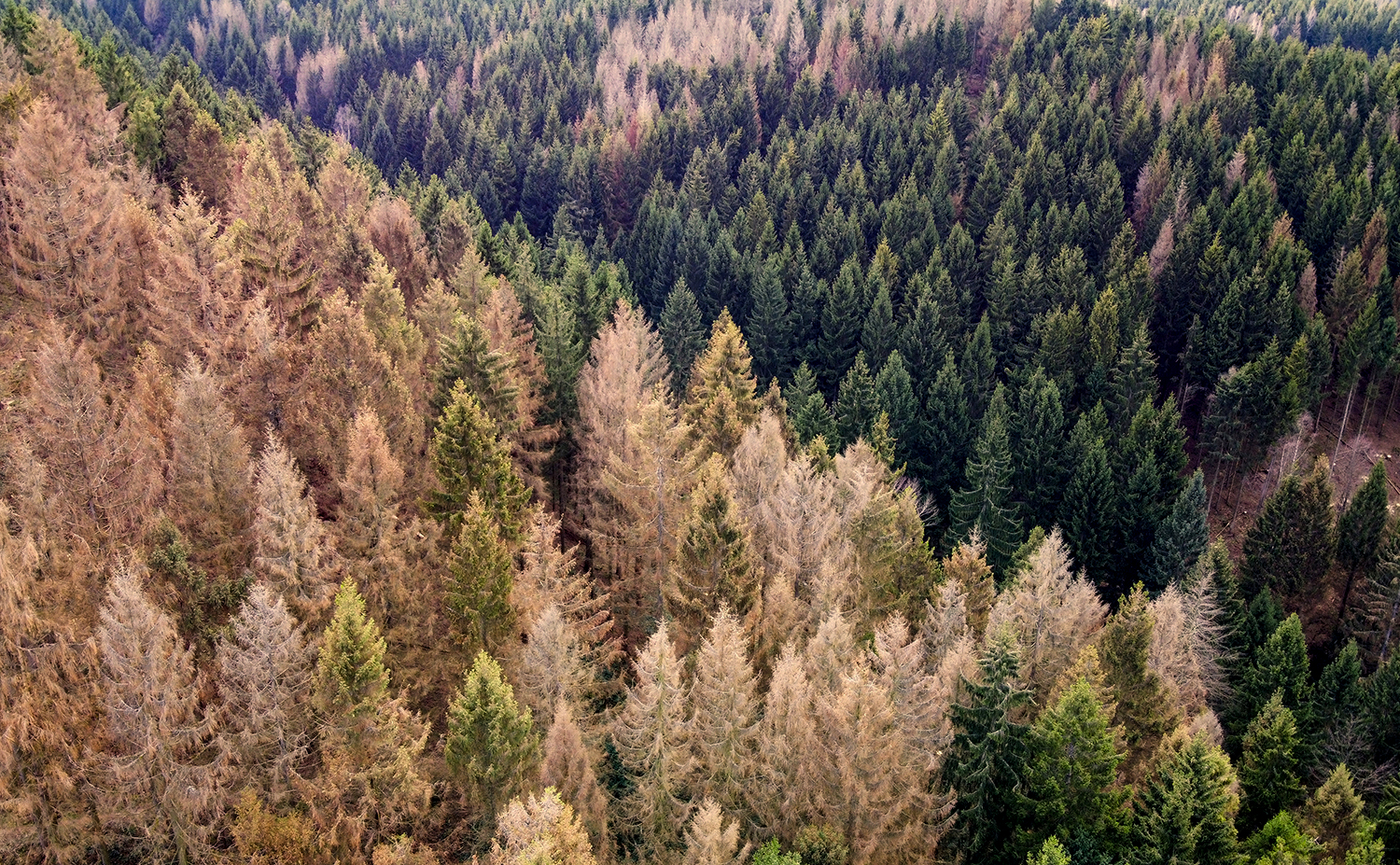
Survey Detects 36 Million Dead Trees in California
On February 7, the U.S. Forest Service published the 2022 Aerial Detection Survey report providing an annual estimate of tree mortality. The survey revealed about 36.3 million trees across 2.6 million acres of federal, state and private land died in California in 2022. The central Sierra Nevada Range and areas further north showed the highest mortality rates with true firs being the most impacted.
These data points mark an increased level of mortality compared to 2021 due to the cumulative impacts of extended drought, overstocked forest conditions, insect outbreaks, and disease.
“Forest health is a top priority for the Forest Service,” said Jennifer Eberlien, Regional Forester for the Pacific Southwest Region. “The agency’s 10-year strategy to address the wildfire crisis includes removal of dead and dying trees in the places where it poses the most immediate threats to communities.”
Unique Coalition Unites to Restore California's Giant Sequoias
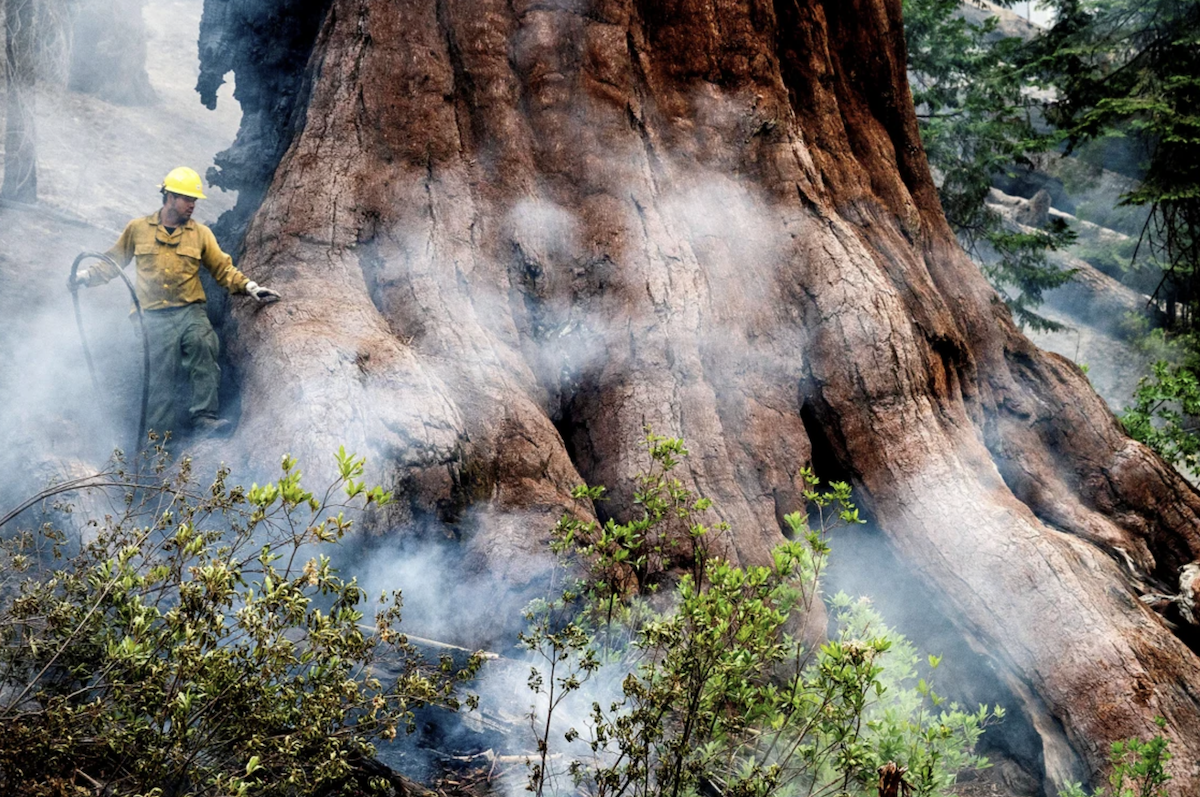
Unique Coalition Unites to Restore California's Giant Sequoias
Giant Sequoia Land Coalition Brings Together Government Agencies, Tribes and Environmental Groups To Save Iconic Trees
California has lost nearly a fifth of its population of giant sequoias to wildfires over the past few years, according to a 2021 report.
Over the past year, however, the Giant Sequoia Lands Coalition has treated more than 15,000 acres of forest land in and around the groves. By sharing their knowledge and working to better treat forest areas where groves of giant sequoias can be found, the group is working to make these titans more resilient to future massive wildfires.
CARB Releases Final 2022 Scoping Plan
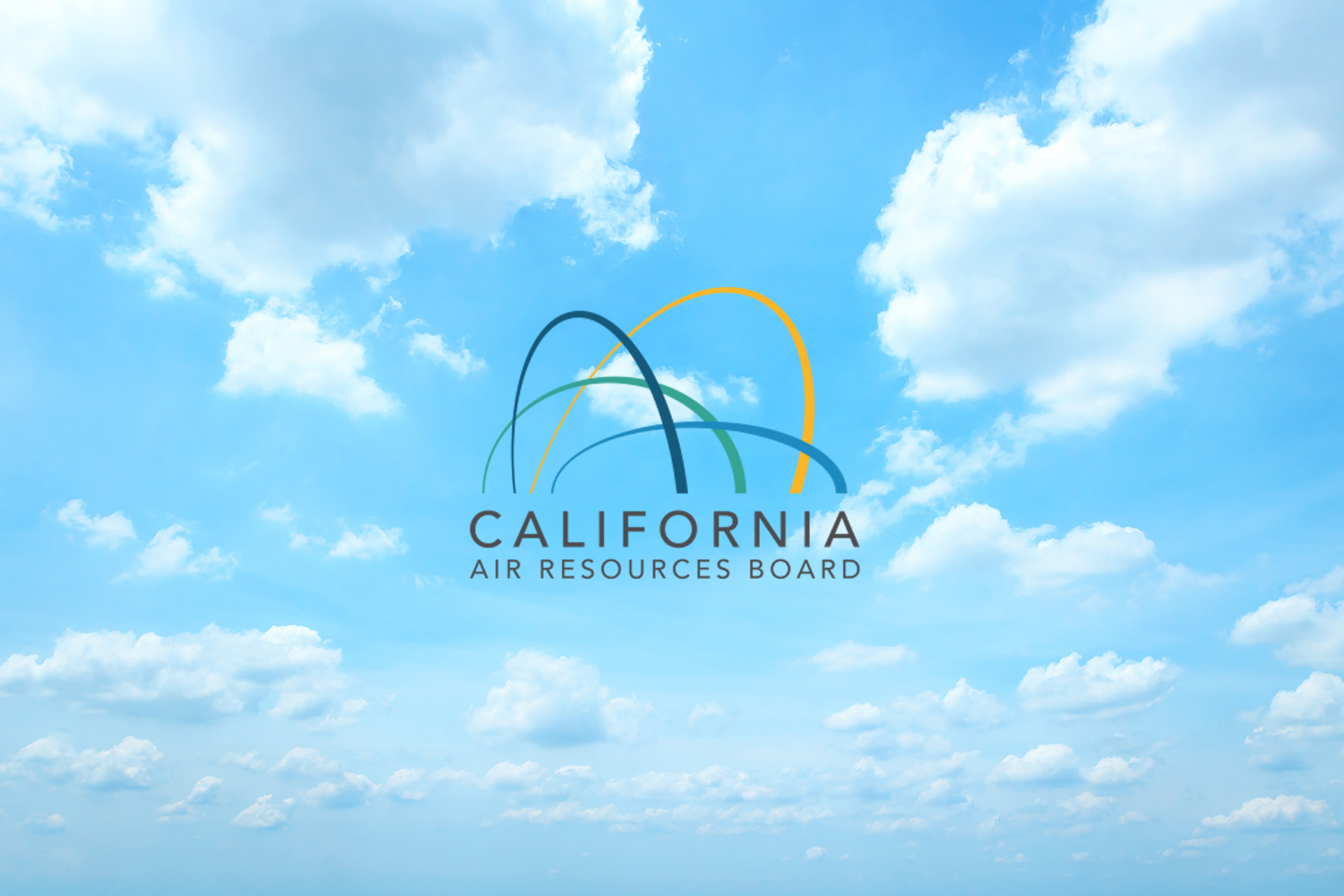
CARB Releases Final 2022 Scoping Plan
On November 16, the California Air Resources Board (CARB) released the 2022 Scoping Plan for Achieving Carbon Neutrality (2022 Scoping Plan), which will be presented to the CARB Board on December 15, 2022. The 2022 Scoping Plan lays out a path to achieve targets for carbon neutrality and reduce anthropogenic greenhouse gas (GHG) emissions by 85 percent below 1990 levels no later than 2045. Significant reductions in fossil fuel combustion will be achieved by deploying clean technologies and fuels, requiring further reductions in short-lived climate pollutants, supporting sustainable development, employing technology to capture and store carbon, and taking increased action on natural and working lands to reduce emissions and sequester carbon.
Expert Roundtable on Wildfire and Forest Resilience
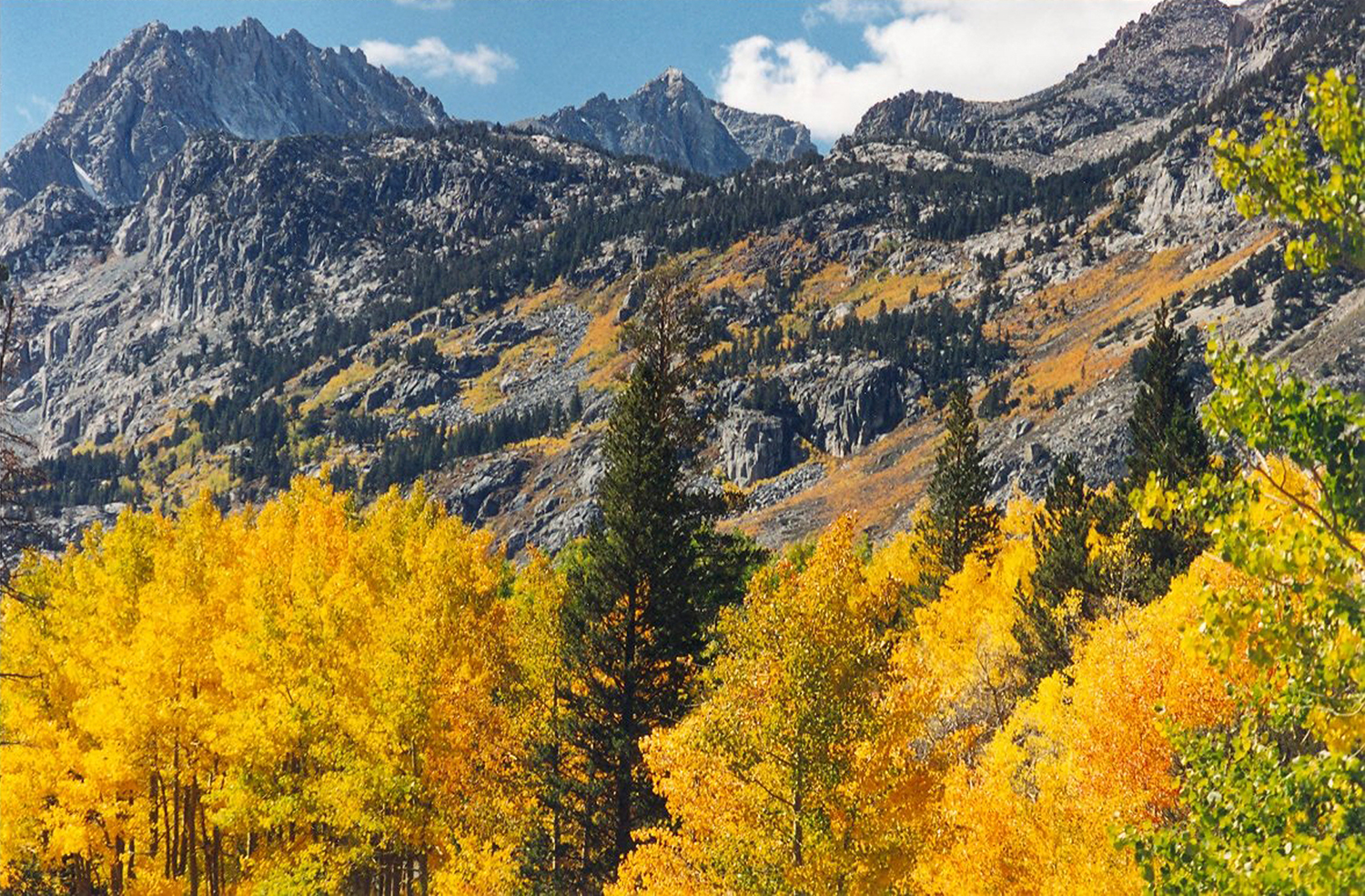
Expert Roundtable on Wildfire and Forest Resilience
Exacerbated by climate change, the increasing frequency and scale of wildfires have devastated communities and ecosystems around the world, while releasing vast quantities of carbon into the atmosphere.
In the face of these accelerating challenges, calls for climate-smart management of natural lands have grown louder among policymakers, experts, and stakeholders. Government and civil society programs have begun investing in forest resilience and nature-based solutions to deliver on mitigation and adaptation goals, working with Indigenous partners whose knowledge and experience are vital.
Recognizing the need to bring together interdisciplinary, international coalitions to advance wildfire prevention, mitigation, and response, Prime Minister Trudeau and Governor Newsom committed their respective governments to hosting a roundtable on wildfire and forest resilience within their broader Climate Action and Nature Protection Partnership which they announced in June. By bringing together officials, academics, industry and civil society at UN Climate Week, this event delivers on that vision. By convening thought leaders to discuss our collective challenges, Canada and California hope to discuss collective challenges and chart next steps.
RESOURCES
US Forest Service Response
Governor Newsom’s Recap of Climate Week 2022
30x30 Partnership Kick-Off
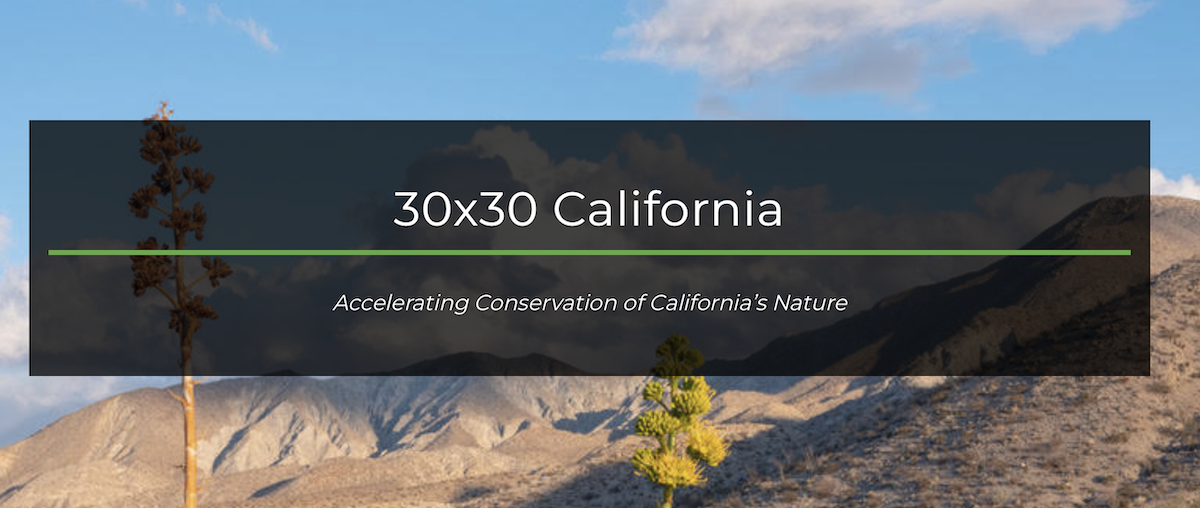
30x30 Partnership Kick-Off
On September 28, CNRA kicked off collaboration and community engagement around the 30 x 30 initiative, which commits California to the goal of conserving 30 percent of our lands and coastal waters by 2030. The Task Force is committed to aligning wildlife and forest resilience efforts with the state’s biodiversity and climate goals. Goal 3 of the Wildfire and Forest Resilience Action Plan outlines how the Task Force will seek to integrate forest management into state climate and biodiversity strategies.
Biden Signs Inflation Reduction Act Affecting Health, Climate and the Economy
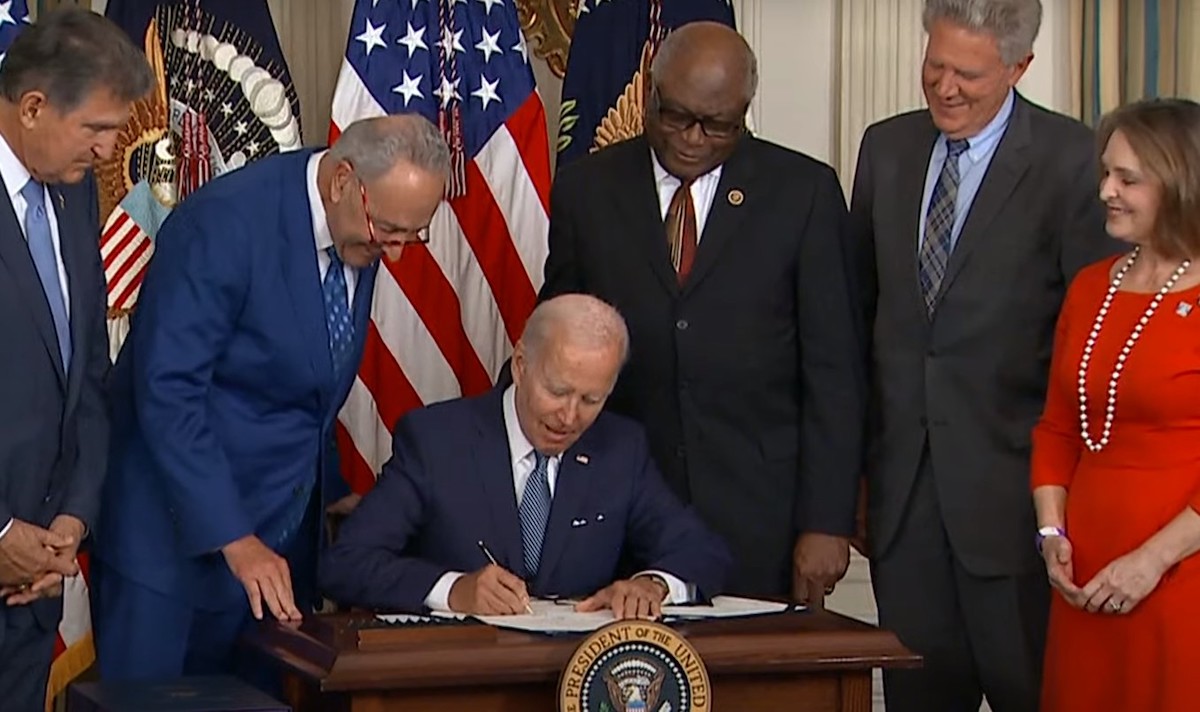
Biden Signs Inflation Reduction Act Affecting Health, Climate and the Economy
Biden Signs Inflation Reduction Act Affecting Health, Climate and the Economy. On August 16, President Biden signed a landmark climate change and health care bill into law. The Act includes the most substantial federal investment in history to fight climate change — some $375 billion over the decade, and significant investments in wildfire and forest resilience including:
Wildfire Resilience and Ecosystem Restoration
- $1.8 billion for hazardous fuels reduction projects on National Forest System land within the wildland-urban interface.
- $200 million for vegetation management projects on National Forest System land.
- $250 million for conservation, ecosystem, and habitat restoration projects on National Park Service and Bureau of Land Management lands.
Climate-Smart Forestry for Non-Federal Forest Landowners
- $450 million for grants to support climate mitigation, forest resilience, and carbon sequestration and storage practices.
Urban and Community Forests
- $1.5 billion for competitive grants to cities, tribal nations, nonprofits, and other eligible entities.
Forest Conservation
- $700 million for competitive grants through the Forest Legacy Program.
Forest Products and Innovation
- $100 million for grants under the Wood Innovation Grant Program.
RESOURCES
Sequoia National Forest Restoring Rough Fire Area With Partners
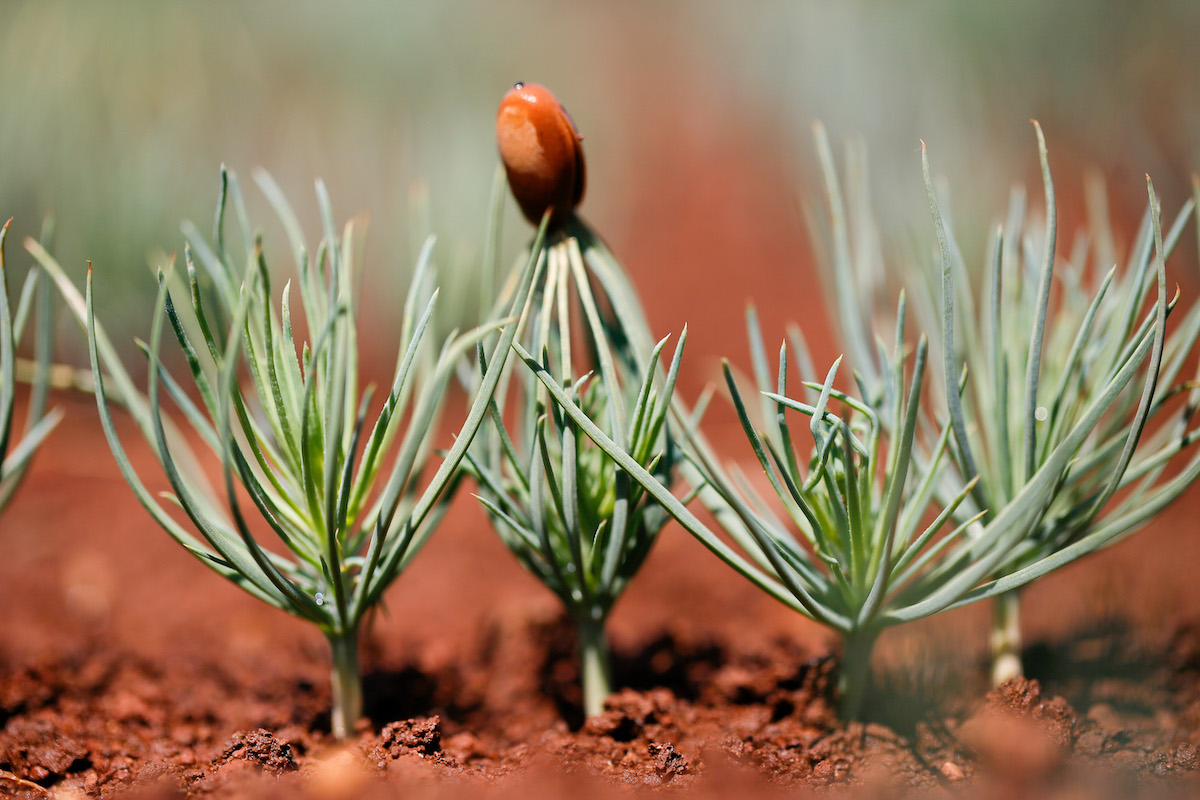
Sequoia National Forest Restoring Rough Fire Area With Partners
Contractors have begun implementing about 1,340 acres of an approximately 4,900-acre restoration project in the footprint of the 2015 Rough Fire affecting the Kings River drainage in Hume Lake Ranger District. The project is a partnership with the Great Basin Institute and American Forests, with funding from CAL FIRE’s Forest Health Program.
RESOURCES
Drill down into more details from the USFS on the Rough Plantation Restoration and Maintenance Project
